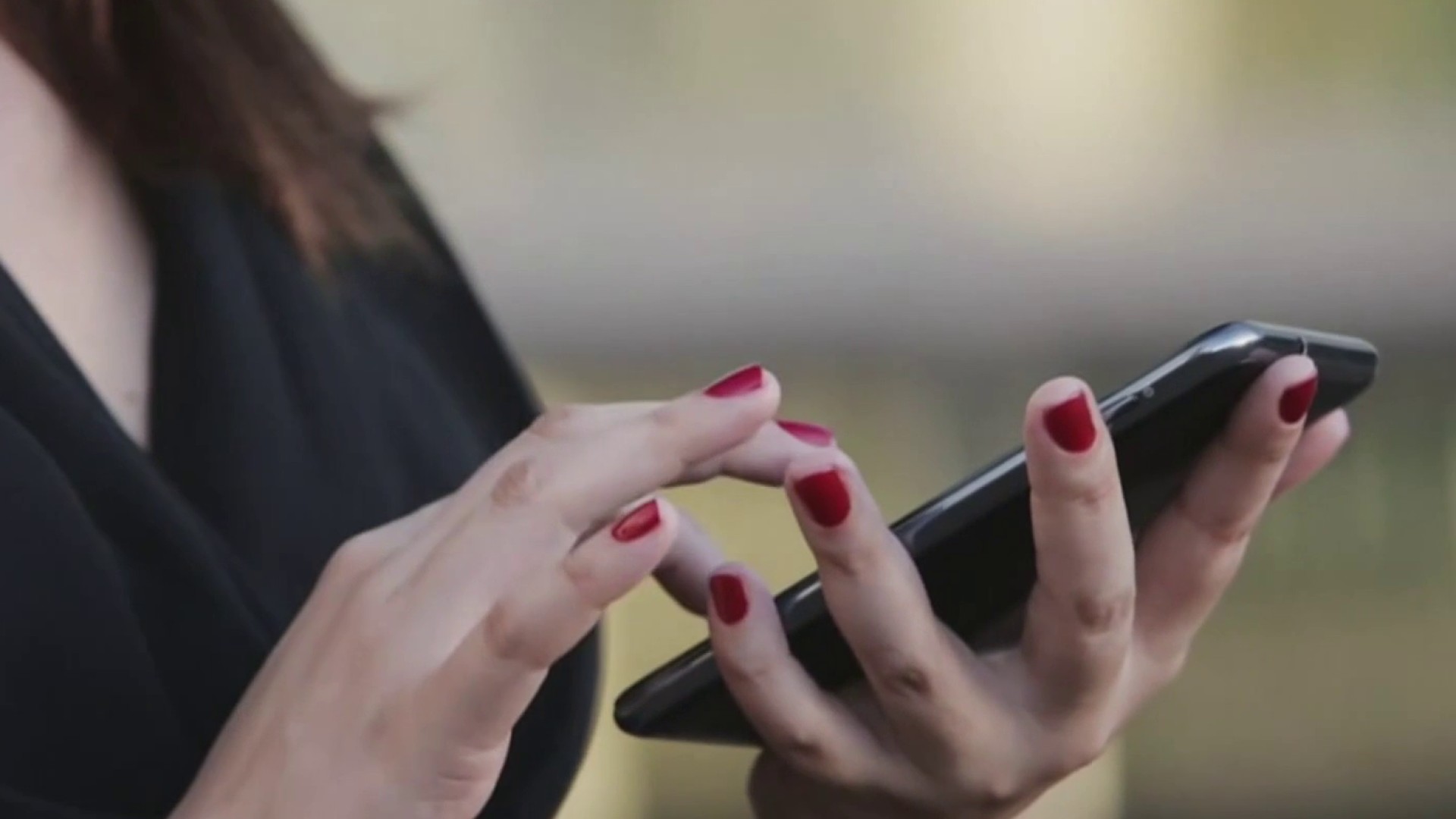Last year a teenager became one of the youngest patient ever to receive an implant to treat her epilepsy, and she’s seen a drastic reduction in the number of seizures.
“I can't do everything everyone else can do when I have it,” 16-year-old Sabrina Rickert said.
Sabrina had her first seizure two years ago.
“I just fell to the ground on Christmas Eve and I woke up and everyone was surrounding me and I wasn't sure what happened because all I remember was losing control of my body,” she said.
She had another seizure four days later and a third one during a brain scan in the new year.
Epilepsy is typically diagnosed when a patient has had two or more seizures. It is not deadly, but it can be dangerous and severely impact the patient's life.
“She would have three, four seizures a day sometimes, as we were trying to figure out the right medication for her,” her mother, Nancy Somers, said. “At one time she actually had a seizure where she fell out of bed and gave herself a concussion.”
Local
Washington, D.C., Maryland and Virginia local news, events and information
Genetics or a brain injury can cause epilepsy, which affects hundreds of thousands of people in this country, and there's no cure, but there are treatments.
The part of Sabrina's brain causing the seizures was inoperable. They were coming from the frontal lobe cortex, which controls, among other things, motor function, presenting a risk of partial paralysation.
“We were really discouraged because we thought that she was going to have seizures forever because we had tried several different drug combinations to no avail and she was still having seizures, so when RNS (responsive neurostimulation) was mentioned to us, we were willing to try anything,” her mother said.
The source of RNS is a device implanted into the brain right below the skull.
“The device sends stimulation through the wires to the cortex, and that's what actually supresses the seizures,” said Dr. Nassim Zecavati, a neurologist at MedStar Georgetown University Hospital.
The Food and Drug Administration only cleared RNS for ages 18 and older, but with the help of her doctors, Rickert was able to get approval from her insurance company and the device was implanted off-label
“We were finally able to convince them that given Sabrina's size -- she's 6-foot-2 – that she is an adult size and could easily handle a device that was made for an adult,” Nancy Somers said.
The level of power on the RNS is increased slowly by doctors, and so far, Sabrina has been responding exceptionally well. Her seizures have decreased by 80 percent.
“The first thing I started to see was Sabrina was happier,” her mother said. “Now, she's much more independent and she trusts that RNS to take care of things.
Correction (Dec. 8, 10:32 a.m.): An earlier version of this story erroneously stated which entities approved the device for use in someone under 18.



